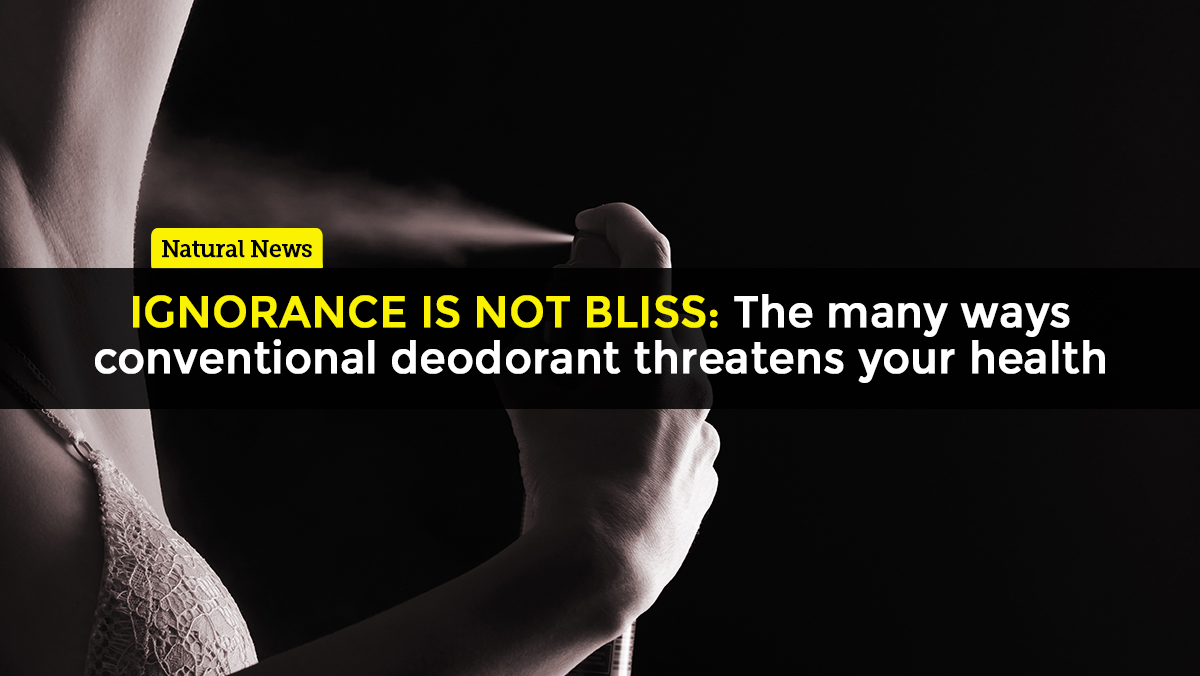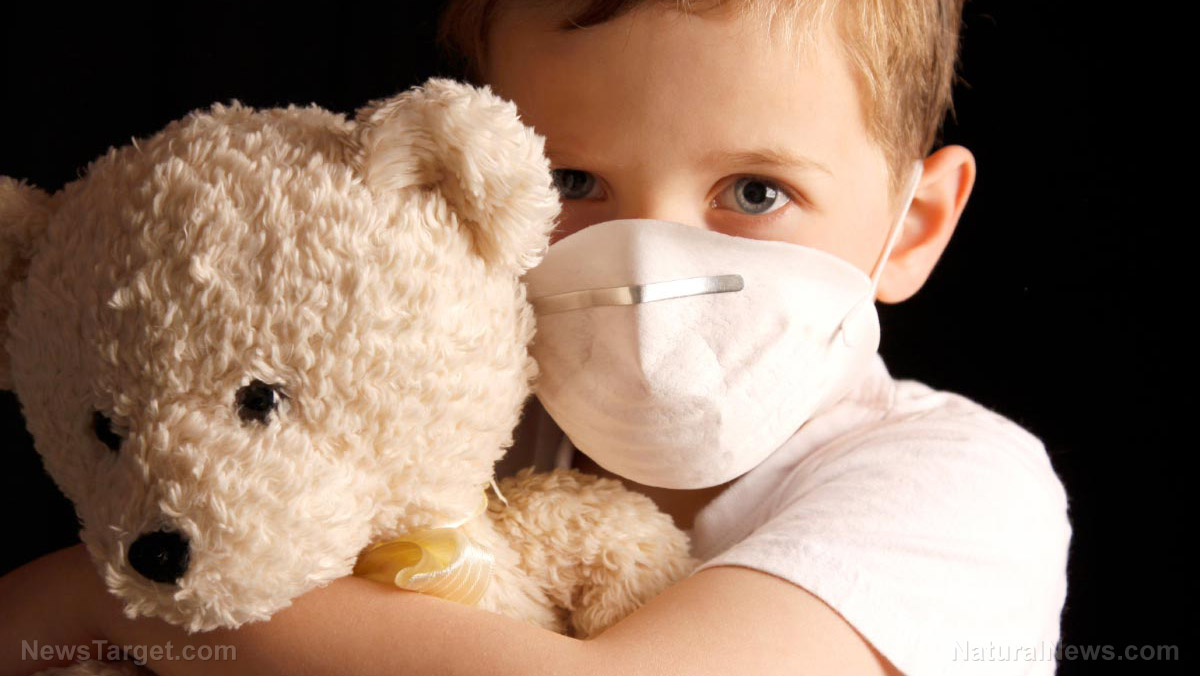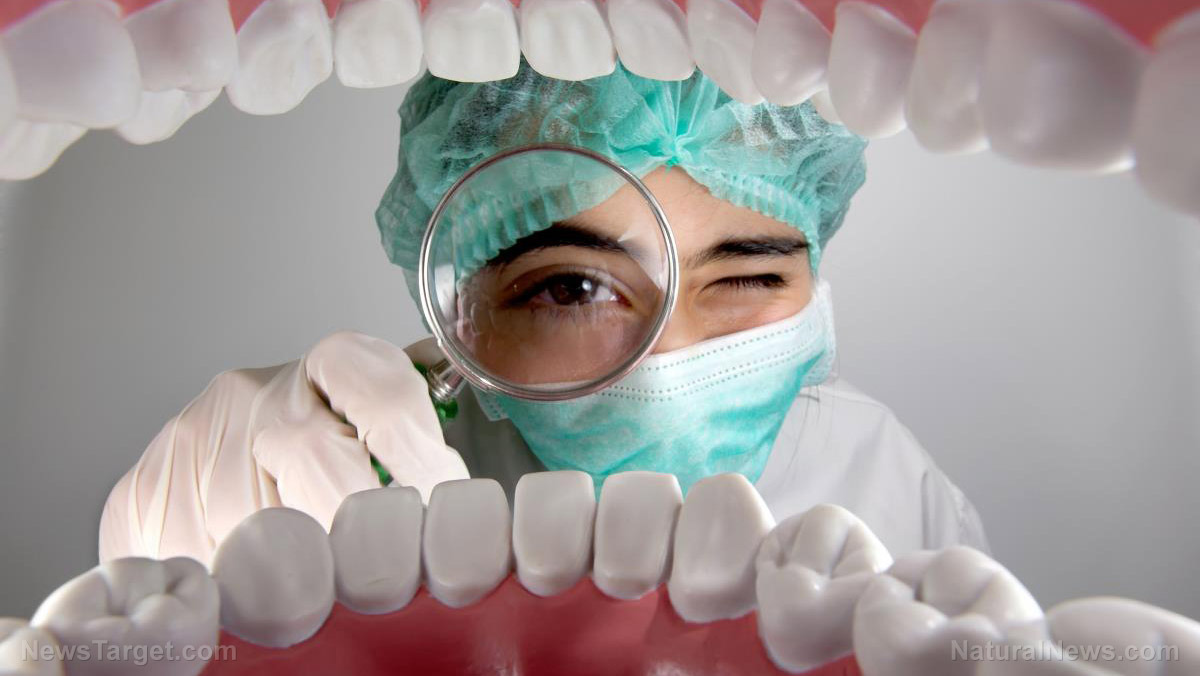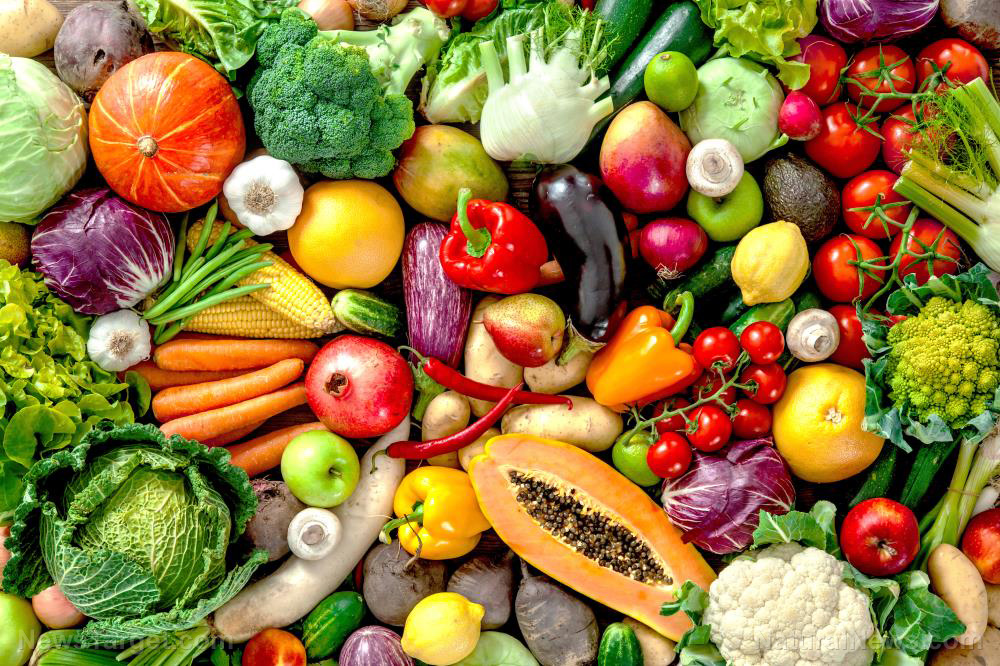Exposure to phthalates in personal care products may increase risk of miscarriage, gestational diabetes
08/31/2018 / By Ralph Flores
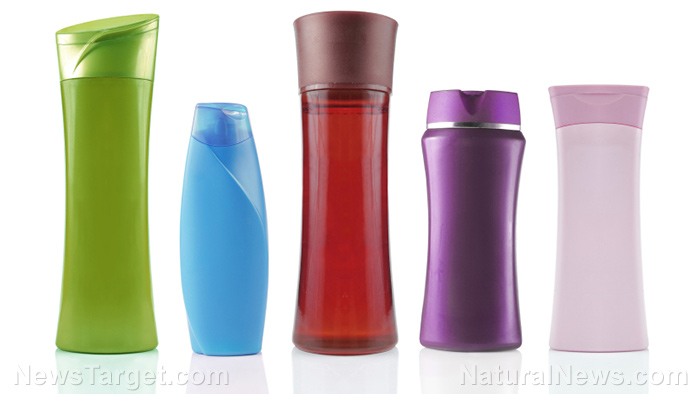
Phthalates are an interesting substance. They are a group of chemicals used to make plastics more flexible and harder to break. They are found in literally everything: household cleaners to food packaging to fragrance, cosmetics and personal-care products all contain phthalates.
However, while these chemicals are ubiquitous and are used in a lot of things, the effects on human health are not fully known. Previous studies that talk about phthalates being harmful to human health are from animal studies. However, recent studies from the Harvard T.H. Chan School of Public Health revealed that these chemicals may heighten the risk of miscarriage as well as increase the factors for gestational diabetes (GDM).
This sheds light on the potential for actual harm that these hormone-disrupting chemicals do to humans. According to two studies conducted regarding phthalates, pregnancy loss is prevalent, with 31 percent of all conceptions ending up in miscarriage. Cases of GDM have also skyrocketed in the past two decades, with it affecting almost seven percent of all pregnancies around the world.
Research found the correlation between the presence of phthalates in the human body and their effects on pregnancy by studying urine samples from women who have undergone medically-assisted reproduction. They were able to determine at least 11 phthalate metabolite concentrations in the women’s bodies at the time of conception. Women with the highest concentrations of the phthalate called di-(2-ethylhexyl) phthalate, or DEHP, were the ones that have the highest likelihood of losing their pregnancy before 20 weeks. The findings suggest a link between DEHP and its effect on women who are undergoing medically assisted reproduction.
DEHP is a phthalate used to make chemicals more flexible. It’s found in most materials that we come in contact with – tablecloth, tiles, furniture, packaging file and even toys. According to the U.S. Agency for Toxic Substances and Disease Registry (ATSDR), no studies have been undertaken to determine the potential of DEHP to cause cancer in humans. The agency also notes that, based on animal studies, large doses of DEHP may have adverse effects on children such as birth defects and even death. (Related: Plastic containers are poisoning you and your family.)
Another study, which evaluated the links between GDM and certain phthalates, revealed that women with high concentrations of monoethyl phthalate (MEP), a common ingredient in personal care products such as fragrances and cosmetics, may lead to excessive weight gain and impaired glucose tolerance during their pregnancy. Both excessive weight gain and impaired glucose tolerance during pregnancy are factors for the development of GDM, which can lead to more serious types of diabetes, such as Type 2 diabetes. Using urine samples taken from 350 women at their early, middle, and late stages of pregnancy, data revealed that those with the highest MEP concentration have an increased risk of excessive weight gain during their pregnancy, as well as the likelihood to develop glucose intolerance.
Getting away from phthalates: a difficult but doable job
Phthalates are everywhere, and it seems that we cannot escape it. Still, there are some ways you can reduce your exposure to phthalates:
- Go for fresh food – Opt for food and beverages that are fresh; that way, you know that it has not come in contact with any phthalate-exposed containers. If you have to store food, avoid using plastic containers.
- Free yourself from fragrances – Phthalates are one of the main components of fragrances. Look for phthalate-free or fragrance-free options. This also applies to cleaning supplies.
- Avoid PVCs and go green – Polyvinyl chloride (PVC) is one of the most common materials today – almost every furniture and equipment is made with it. PVCs are also a source of phthalates. Look for PVC-free products – wood and cotton are good alternatives.
For more on green living, visit GreenLivingNews.com.
Sources include:
Tagged Under: child health, DEHP, diabetes, Gestational Diabetes, miscarriage, phthalates, Plastic, pregnancy risk, PVC, toxic chemicals, toxins, women's health


